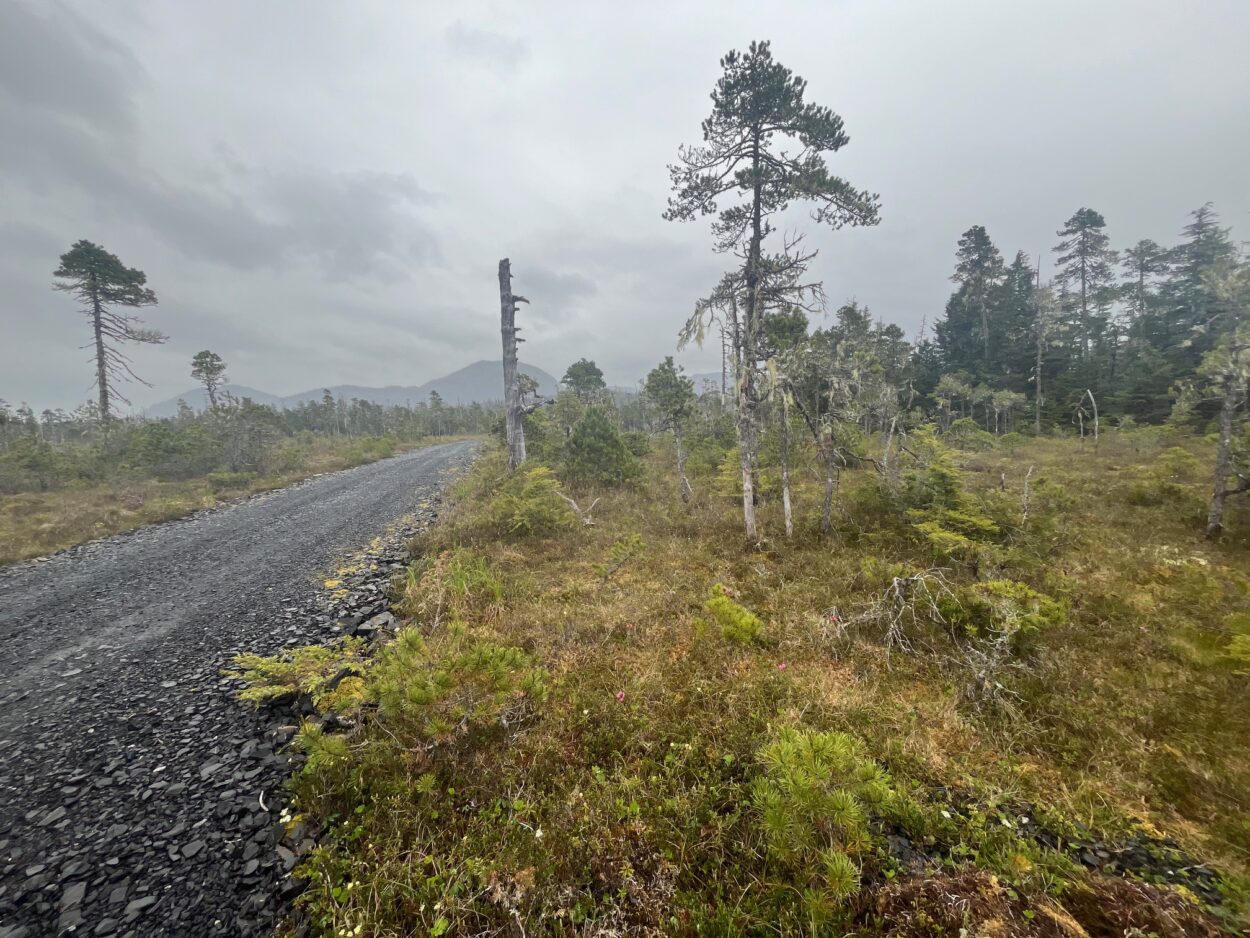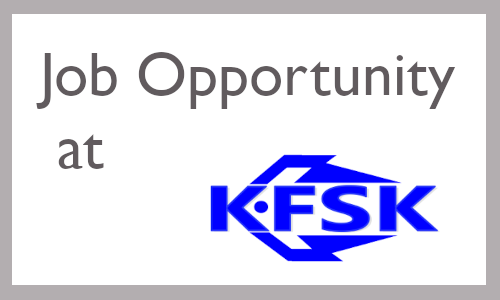
The Legislature-approved capital budget includes state funding for a program meant to encourage land development. It’s a single line: Statewide Housing Development, $4 million. But according to Republican Senator Bert Stedman of Sitka, that money could help shake loose some land for much-needed housing. He said there’s a lot of land around the state, but it’s not getting developed.
“The economics don’t work, due to the cost of the infrastructure, mainly the roads and the utilities,” he said. “So they don’t get developed, and they sit there empty, off the tax rolls, in the communities starved for land.”
The $4 million would go to a pilot project meant to increase available housing by funding infrastructure projects.
That’s because while road access is generally necessary when building a house, the cost is often prohibitive. The new program would reduce some of the costs of that infrastructure development.
“This is just coming out of the incubation stage, where we actually have some seed capital, and now we’ve got to structure it and move it forward,” Stedman said.
The details won’t be ironed out until after the capital budget is passed, but Stedman said the basic outline of the project is this: the Alaska Housing Finance Corporation, a public corporation of the state of Alaska that helps develop housing for the state, would manage the program. The money would only be available to three state landholders: the Department of Natural Resources, Alaska Mental Health Trust Authority, and University of Alaska Land Management. Stedman said that’s because it’s important that private citizens and businesses don’t profit from the state treasury. The landholders would apply to the housing corporation for financial help on specific subdivisions, and the corporation would decide which projects get funding.
Stedman said the program could be self-sufficient if municipalities pay the housing corporation back with some of the property taxes they collect from folks who buy the developed subdivision lots.
“What cities gain from that is right now they have a bunch of state land that’s non-taxable,” he said. “And they can get this land on the tax rolls.”
The Alaska Housing Finance Corporation declined to comment on the proposed program until after the capital budget is finalized.
Mention of the new program made ears perk up in Petersburg. That’s because one of the state landowners – the Alaska Mental Health Trust Authority’s Trust Land Office – is hoping to sell 100 lots in a 500-acre development south of town called the South Mitkof Subdivision. The development is in limbo after the assembly voted unanimously last fall to reject the design, saying it would create confusion, ill will, and expense to the borough. Many of the lots don’t have road access, and most don’t have utility access.
Assembly members and Trust Land Office officials have tried to find a way to move forward with the proposed subdivision. At a work session this winter, officials from Petersburg repeatedly asked visiting Trust Land Office representatives to consider adding roads to the subdivision before selling the lots, saying that would help mitigate some potentially haphazard development.
But Trust Land Office officials stressed that the office sells land – it doesn’t develop land. They later told assembly members they’d be willing to look into the possibility of putting in roads after assembly members approve the subdivision design, or “plat.”
So would the Trust Land Office be interested in participating in the infrastructure development program?
According to Allison Biastock, with the Trust Land Office, it depends. In an email to KFSK, she wrote that the office appreciates the intent of the proposed program. She said “In order for the Trust Land Office to consider investing Trust resources to advance the development of the South Mitkof Subdivision, regardless of how it is funded, a signed and recorded plat is necessary. The Trust Land Office is interested in learning more about this new program, and how it could support our land development and revenue generation to support Trust beneficiaries.”
But even if the Trust Land Office applied for, and got the funding, there’s another hurdle. In order for each of the 100 lots in the subdivision to have road access, the subdivision needs to add roughly seven miles of road. And road building is expensive.
Dick Somerville is with PND Engineers in Juneau and has been managing development in Southeast Alaska for the last three decades. He said $4 million dollars doesn’t go very far these days.
“You’re certainly not able to build things with the amount of money that used to build them for,” he said. “Everything has just really skyrocketed in the last several years.”
He calculated the cost of a gravel road over Southeast’s swampy muskeg at roughly $1.4 million per mile. That estimate puts the cost of getting a road to every lot in the South Mitkof Subdivision at around $10 million dollars.
Somerville was quick to point out that there are some unknowns in his calculations.
“We always call this level…bird’s eye view,” he said. “You know, to fine tune the thinking on it, it really should take a close look…with feet on the ground and take a harder look at things and…a little bit more effort and planning to be able to be more precise.”
The estimate is for a 22-foot wide gravel road, with three feet of shot rock floating on geotextile fabric. Somerville says some of that cost comes from the fact that there isn’t a rock quarry close by.
The material source is really what drives up the cost,” he said. “If you have a very close material source, then it’s a lot cheaper to haul that material in. You don’t have to pay for all the haul, for the trucks and the fuel and the labor to get it there.”
Karl Hagerman is Director of Petersburg Municipal Power and Light. He said the cost to put in power lines to all 8.33 miles of current and future roads would likely be nearly $1.8 million dollars. And landowners would still be responsible for their own water and sewer – the Borough only provides those services the first 4.5 miles south of town.
So the $4 million dollar appropriation would only pay for some of the road and utilities in the South Mitkof Subdivision. But Stedman said, that’s the point. He said it’s often best to develop big projects bit by bit, using something called “phased construction.” Besides, he said, there likely aren’t buyers for all 100 lots right away.
And Stedman pointed out there are projects all over the state that would likely qualify for the program. He said he hopes the money goes to a couple of them, to serve as test cases. He added “If it works, we can talk about increasing the amount. It doesn’t go unnoticed that $4 million doesn’t go far these days.”
Assembly members reconsidered approving the subdivision design at a borough assembly meeting in May. They voted 4-1 not to approve it. But this time, some assembly members said it was because they were waiting to find out more about the Stedman’s land development appropriation.
The state capital budget is on Gov. Mike Dunleavy’s desk. He has until July 3 to sign it.











